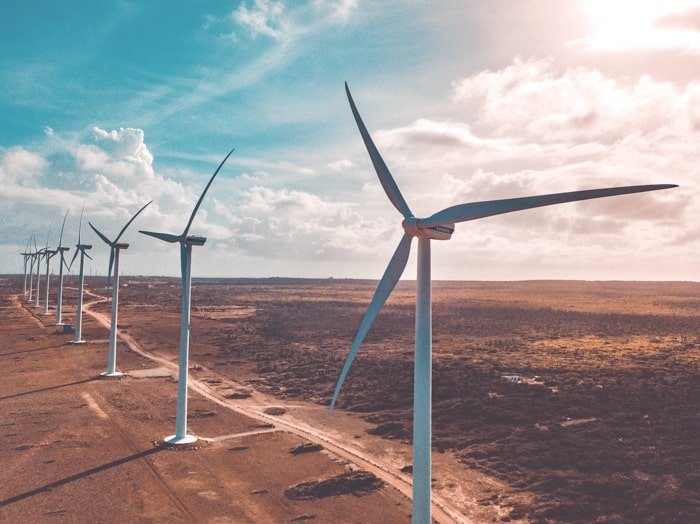The price of carbon is up 180% in Australia.
Research from RepuTex, a carbon market consultancy, believes that Australian Carbon Credit Units (ACCU) could reach $60 per ton.
Right now, the price is $47 per ton.
A limited supply of ACCU’s is the main reason behind the price increase. The Commonwealth’s Emissions Reduction Fund holds a sizeable portion of credits. In fact, 210 million are set for delivery with the Clean Energy Regulator.
Many have asked the Australian government to stabilize the market by increasing the credit supply.
RepuTex executive director, Hugh Grossman, agrees.
If contracts release part of their supply, it will fulfill part of the demand. Plus, it would be better than sellers canceling their contracts.
But this boom is not just happening in Australia. It is happening across the globe.
According to Grossman, “As companies pursue a net-zero pathway, a carbon ‘super cycle’ is almost inevitable, with voluntary demand to outpace supply, driven by a raft of corporate pledges which have come about at a rapid pace.”
In other words, as countries and companies look to reduce their carbon footprint, the carbon marketplace will continue to grow. Supply cannot keep up with demand with only so many credits to buy and projects to offset carbon. Hence the price increase.
Experts recognize that carbon offsets are crucial to fighting climate change. However, some feel that the focus should be on reducing or cutting emissions, not offsetting them. They believe this would reduce the price of offsets and improve the environment long-term.
Australia emits less than 2% of the world’s carbon, but they are the third-largest exporter of fossil fuels.
Australia has pledged to reach net-zero emissions by 2050.

